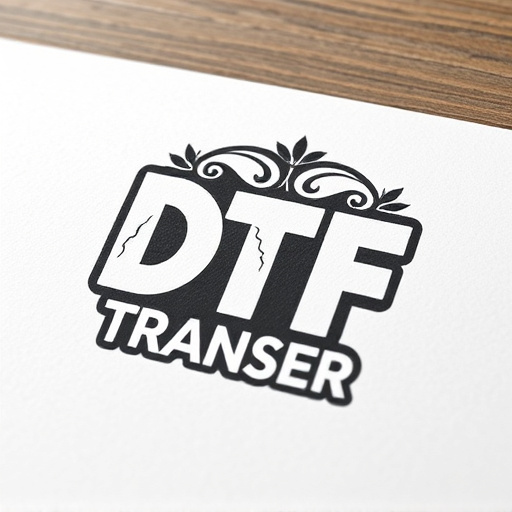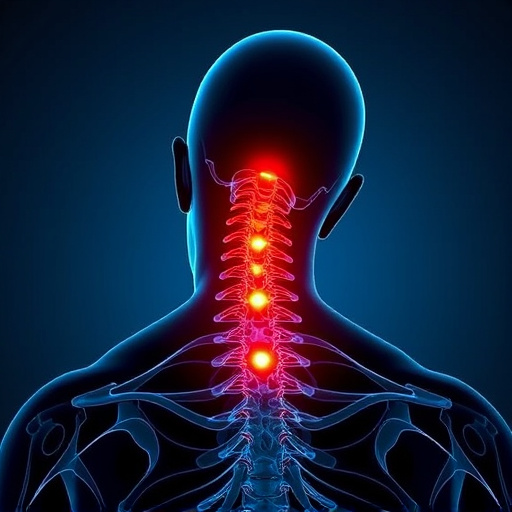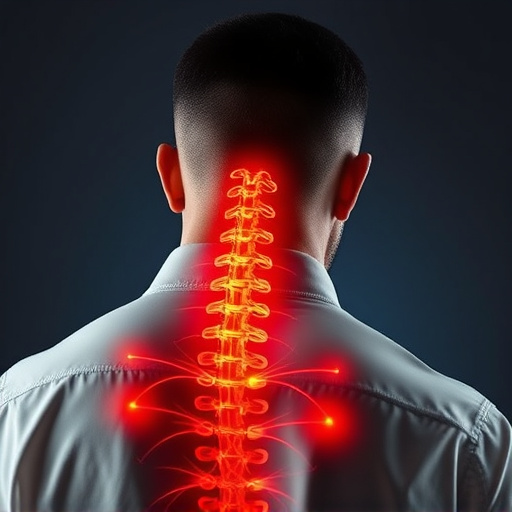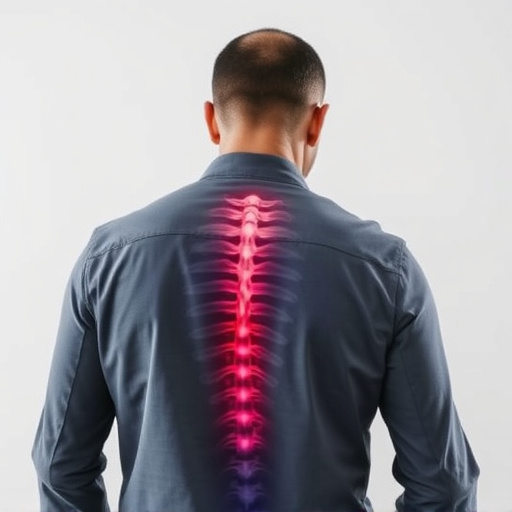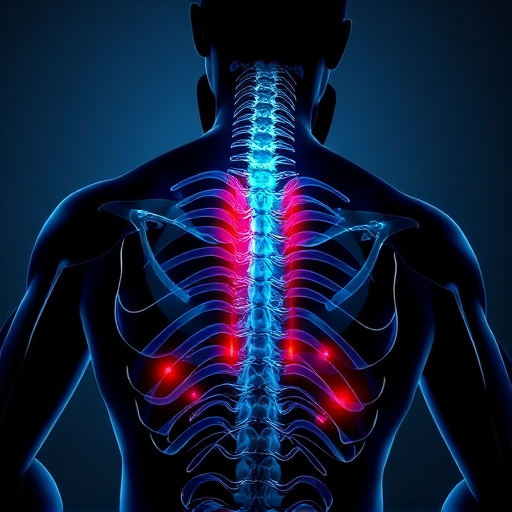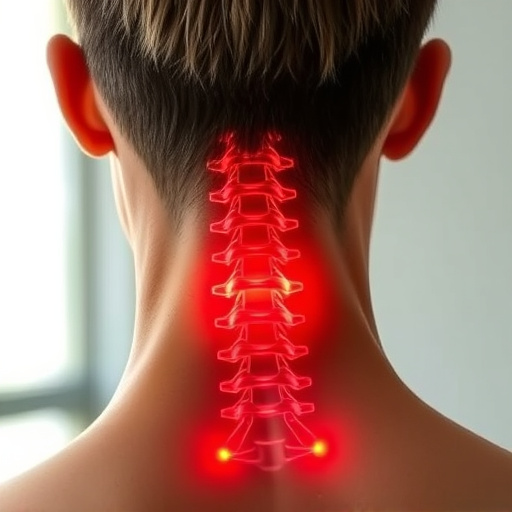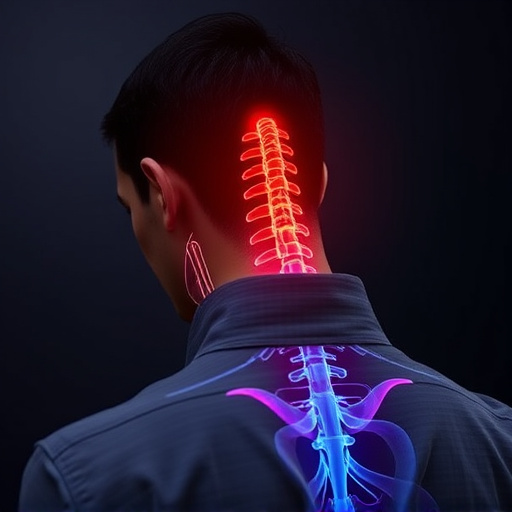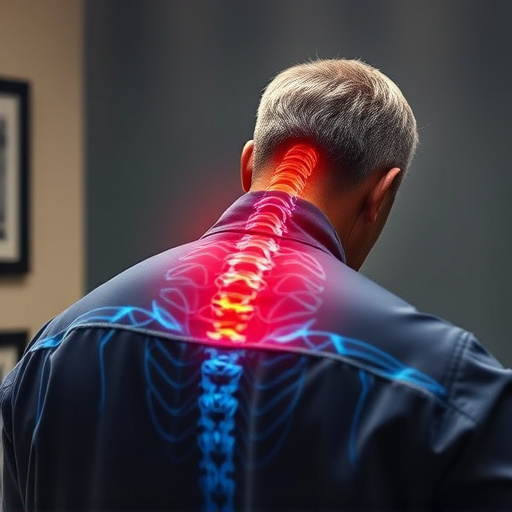Neck and back pain can be effectively managed and relieved through a multi-faceted approach. This includes addressing underlying causes like muscular strain, poor posture or injuries through diagnosis by healthcare professionals using medical history, physical exams, and imaging tests. Tailored treatment plans may include rest, physical therapy, medication (including OTC NSAIDs or topical creams), chiropractic adjustments, trigger point therapy, yoga, meditation, and lifestyle changes like regular exercise, proper posture, balanced diet, and adequate sleep. Early intervention is key for long-term management and return to active lifestyles with improved mobility and reduced discomfort.
Looking for effective neck and back pain relief? This comprehensive guide explores a range of treatment options for muscle, tendon, and ligament issues. From understanding the root causes and diagnosis of chronic neck and back pain to non-invasive therapies and advanced techniques, we cover it all. Discover the role of therapy in healing tendons and ligaments, explore medication and topical creams for pain relief, and learn valuable lifestyle changes to support your musculoskeletal health.
- Understanding Neck and Back Pain: Causes and Diagnosis
- Non-Invasive Treatments for Muscular Discomfort
- The Role of Therapy in Healing Tendons and Ligaments
- Medication and Topical Creams for Pain Relief
- Lifestyle Changes to Support Musculoskeletal Health
- Advanced Techniques for Persistent Neck and Back Pain
Understanding Neck and Back Pain: Causes and Diagnosis
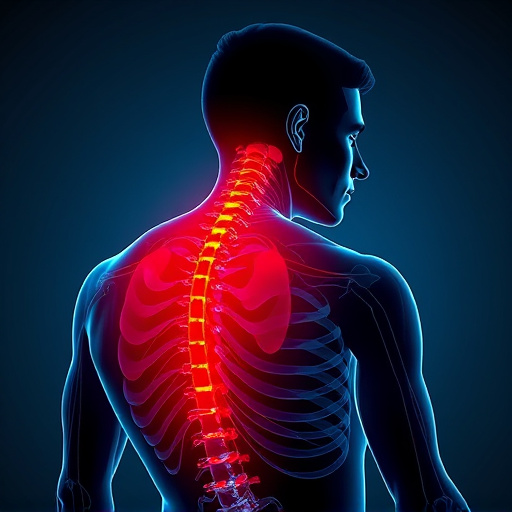
Neck and back pain is a common issue that affects individuals across all ages and backgrounds, often leading to significant discomfort and reduced mobility. Understanding the causes and diagnosis of this condition is crucial for effective treatment and achieving long-lasting neck and back pain relief. Muscular strain, poor posture, injuries, or underlying medical conditions can contribute to the development of pain in these areas. Diagnosis typically involves a comprehensive assessment by a healthcare professional, including a detailed medical history, physical examination, and sometimes additional imaging tests like X-rays or MRI scans.
By identifying the root cause, healthcare providers can tailor treatment plans that may include rest, physical therapy, medication, or alternative therapies. Early intervention is key to managing neck and back pain effectively, ensuring individuals can get back to their active lifestyles with improved mobility and reduced discomfort.
Non-Invasive Treatments for Muscular Discomfort
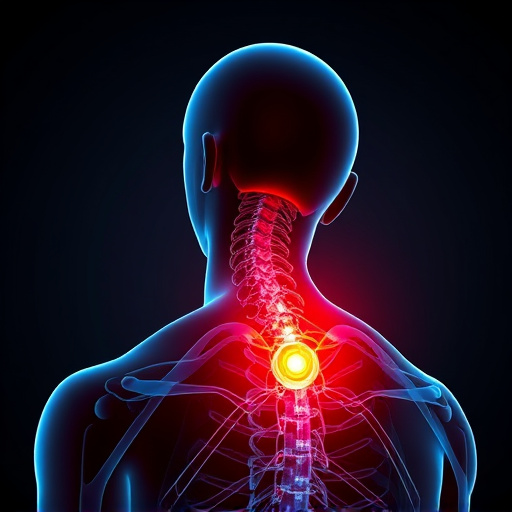
Non-invasive treatments offer a gentle and effective approach to managing muscular discomfort, particularly in the neck and back. These methods are designed to reduce pain and improve mobility without the need for surgery or extensive intervention. Techniques such as physical therapy, massage, and chiropractic adjustments are popular choices. Physical therapy involves targeted exercises and stretching routines tailored to strengthen weak muscles and alleviate tension. Massage therapy stimulates blood flow, relaxes tight muscles, and provides immediate neck and back pain relief. Chiropractic care focuses on adjusting the spine to improve nerve function and reduce inflammation.
Each of these non-invasive treatments has its unique benefits and can be personalized to address specific needs. They promote self-healing, enhance flexibility, and teach patients beneficial self-care practices for long-term wellness. By combining these therapies, individuals can experience significant improvements in neck and back pain management, ultimately enhancing their overall quality of life.
The Role of Therapy in Healing Tendons and Ligaments
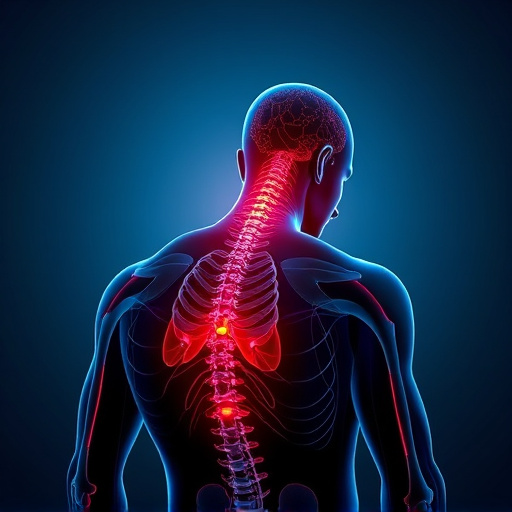
Therapy plays a crucial role in healing tendons and ligaments, especially for conditions causing neck and back pain relief. Physical therapy, including specialized exercises and manual techniques, aids in strengthening and regenerating soft tissues. By improving flexibility, range of motion, and muscle balance, these therapies can reduce strain on tendons and ligaments, fostering faster recovery and preventing future injuries.
Additionally, therapeutic modalities such as heat and cold treatments, ultrasound, and electrical stimulation help manage inflammation and promote healing. Therapists also provide guidance on proper body mechanics and ergonomy to prevent re-injury, offering long-term solutions for managing and alleviating neck and back pain relief effectively.
Medication and Topical Creams for Pain Relief
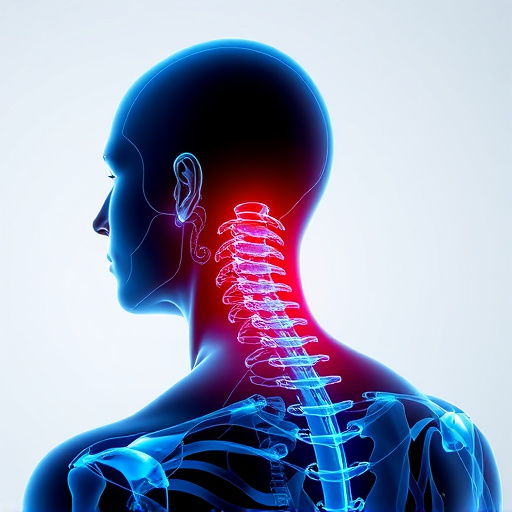
Many people suffering from muscle, tendon, or ligament issues seek relief through pharmaceutical interventions. Over-the-counter (OTC) medications like nonsteroidal anti-inflammatory drugs (NSAIDs), such as ibuprofen or naproxen, are commonly used to reduce inflammation and alleviate pain associated with these conditions. These drugs work by inhibiting enzymes that produce prostaglandins, which are molecules responsible for causing inflammation and pain.
Additionally, topical creams containing ingredients like diclofenac or lidocaine can provide targeted neck and back pain relief. Topical application allows for direct delivery of the active substances to the affected areas, potentially offering faster and more effective relief compared to oral medications. These creams are particularly useful for localized pain and can be a game-changer for those seeking immediate comfort without the side effects often associated with oral NSAIDs.
Lifestyle Changes to Support Musculoskeletal Health
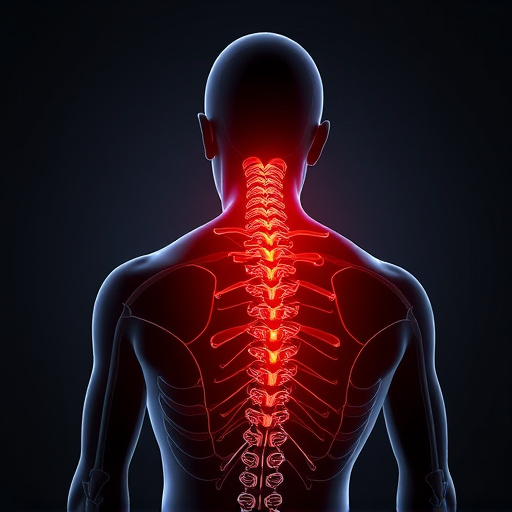
In addition to medical treatments, lifestyle changes play a significant role in managing and preventing neck and back pain relief. Regular physical activity, such as walking, swimming, or yoga, strengthens muscles, improves flexibility, and reduces joint strain. Maintaining a healthy weight is crucial, as excess weight puts additional pressure on the musculoskeletal system. A balanced diet rich in calcium, vitamin D, and omega-3 fatty acids supports bone and tissue health.
Posture awareness is another essential aspect. Correct sitting, standing, and lifting techniques can significantly reduce the risk of injury and pain. Taking breaks during prolonged periods of inactivity and ensuring adequate sleep allows the body to recover and maintain optimal musculoskeletal function. Hydration and stress management are also vital; staying hydrated supports joint lubrication, while managing stress helps prevent muscle tension and associated pain.
Advanced Techniques for Persistent Neck and Back Pain

For persistent neck and back pain, advanced techniques offer a promising path to long-lasting relief. Beyond traditional treatments like physical therapy and medication, innovative approaches such as chiropractic adjustments, trigger point therapy, and ultrasound therapy have proven effective in addressing deep-seated muscle tension and structural imbalances. These methods target specific areas of discomfort with precision, promoting faster healing and improved mobility.
Additionally, mind-body practices like yoga and meditation can be game-changers in managing chronic neck and back pain. By incorporating these techniques into a holistic care plan, individuals can gain better control over their symptoms, fostering a sense of well-being and enhancing overall quality of life. Tailored to the unique needs of each patient, these advanced interventions offer a comprehensive strategy for achieving lasting neck and back pain relief.

